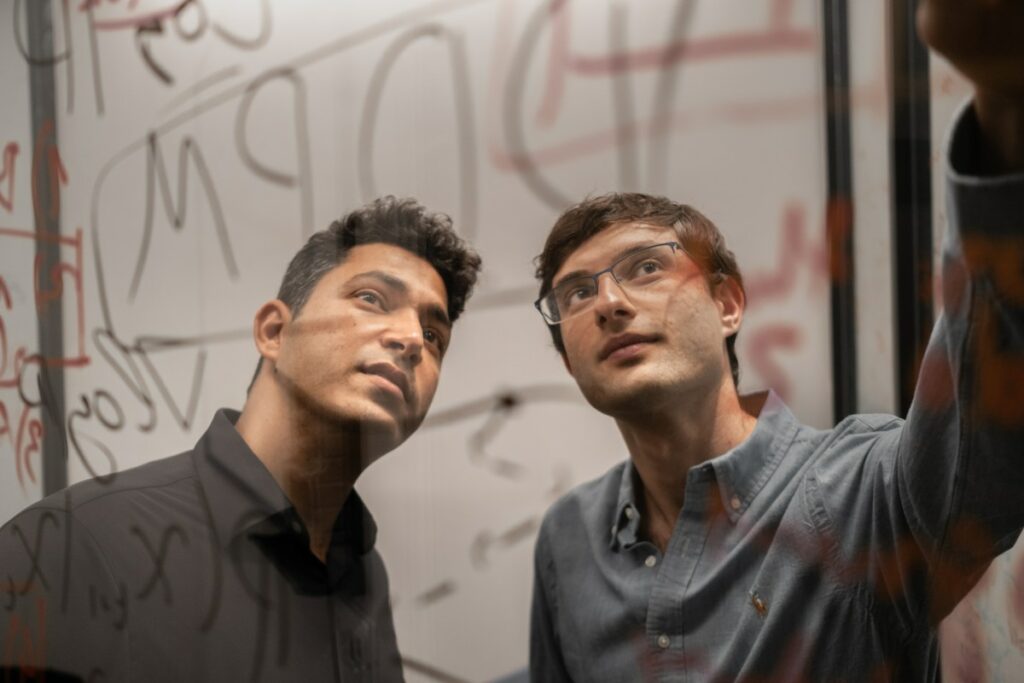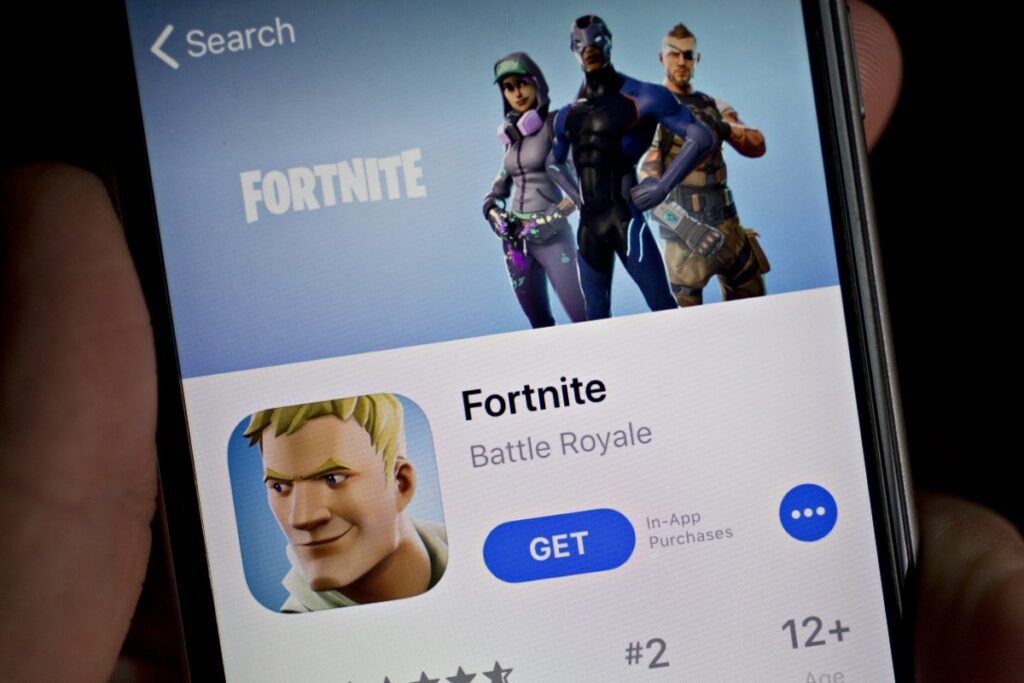A young startup that emerged from stealth less than two months ago with big-name backers and bigger ambitions to make a splash in the world of AI is returning to the spotlight.
Decart is building what its CEO and co-founder Dean Leitersdorf describes as “a fully vertically integrated AI research lab,” alongside enterprise and consumer products based on the lab’s work. Its first enterprise product, optimising GPU use, is already bringing in millions of dollars in revenue. And its first consumer product, a playable “open world” AI model called Oasis, was released when Decart came out of stealth and already claims “millions” of players.
Now, on the back of that strong exit out of the gates, Decart has raised another $32 million led by Benchmark.
The funding, a Series A, is coming less than two months after the company — which is headquartered in San Francisco but with substantial operations in Israel — had raised a seed round of $21 million from Sequoia and Zeev Ventures, with the two firms also participating in this latest Series A.
And TechCrunch understands from sources that Decart’s new post-money valuation is now over $500 million. (For a point of comparison, the seed valued it at just over $100 million.)
Leitersdorf is a youthful 26, full of energy and coming in fast. He says the aim is not just to take on companies we already know of as big players in the AI field like OpenAI, Anthropic, Mistral and the rest. He said he wants to build “a kilocorn” — that is, a trillion-dollar company.
“We have a long way to go, and we have great stuff to build,” he added. That being said, he noted that yes, the company has already been approached as an acquisition target multiple times. And there are some interesting (if slightly more modest) comparables if you just look at the optimization piece that Decart has built, such as Run:ai getting acquired by Nvidia for $700 million.
Leitersdorf’s exuberance nevertheless comes after a decade of impressive momentum that got him to where he is now.
Born in Israel, Leitersdorf spent his early years there before moving with his family to Switzerland and then Palo Alto, following his parents’ work (they are doctors and researchers).
As a teen at Palo Alto High School, he pushed himself to get his diploma in just two years, only to then jump into university, back in Israel at the Technion, where he finished his undergraduate, masters and PhD work in computer science in just five years, including time that overlapped with his military service.
His co-founder Moshe Shalev (pictured above, left) is impressive in a different way: he came to computer science while doing his own time in the IDF having been raised in a strict Orthodox household. He turned out to have a knack for it and helped establish, build and run AI operations for the IDF’s 8200 intelligence unit, where he remained for nearly 14 years.
There is a third co-founder with an equally impressive background although his name is not yet being disclosed due to existing commitments.
Decart before the horse
Decart, as it exists today, is focusing on three primary areas, as Leitersdorf describes them: systems (currently: infrastructure optimization), models (AI algorithms) and data (which you can read as: applications that ingest and return data).
Decart’s first product, which it actually launched while still in stealth earlier this year, is in the systems camp: software to help optimize how GPU processes work when training and running inference workloads on AI models.
That software has turned out to work very well: it is being used by a number of companies building and running models, to bring down some of the extreme operational costs the come with building or using artificial intelligence. Leitersdorf said that using its software, workloads that might typically cost $100/hour to run can be brought down to a mere 25 cents/hour.
“That definitely got people’s attention,” he joked. Indeed, AI is very hot right now, but it seems that companies building tech to improve how well AI works… are even hotter.
The company is not disclosing the names of any of its customers, but it claims to be generating millions of dollars already in revenue and there are enough customers using it that Decart was profitable when it launched at the start of November. It’s on track right now to remain profitable through the end of the year, Leitersdorf added, and that interest from the market is another likely reason why VCs are interested.
“Decart’s innovation makes AI generation not only more efficient but also more accessible for any type of user,” said Victor Lazarte, a general partner at Benchmark that led the deal, in a statement. “By removing barriers to entry and significantly reducing costs, they are empowering a new wave of creativity and practical applications. We’re proud to join them on this journey as they redefine the possibilities of AI and its role in our everyday lives.”
It may so far be the engine driving the startup’s bottom line, but that optimization product is not Decart’s primary focus. Leitersdorf said that Decart built it to help finance the business when still in stealth mode, based in part on research he had done when still a student.
Leitersdorf said that Decart’s second product is in tune with what it hopes to do more of in the future.
The Minecraft-like Oasis, which it launched to coincide with emerging from stealth two months ago, is a “playable” AI that generates real-time, responsive AI-based audio and visual interactions.
The plan is to launch more experiences along these lines, Leitersdorf. These will include an upgraded Oasis game, along with others powered by generative AI and interactivity. These could include AR or VR experiences that would not need specific hardware to run.
“The problem [with VR and AR previously] was that we started with the hardware rails,” he said. “But building hardware is hard, getting people to adopt new hardware is hard. The nice thing about Gen AI is that we can actually [build AR] in the software part. We can actually bring value before the hardware is even ready.”
You could argue that Decart has, ironically, possibly put the cart before the horse when it comes to some of its ambitions. Leitersdorf didn’t have much of an answer to give me on what the company’s position would be on customers that wanted to use its optimization software to build or run nefarious models.
Nor does the company currently have a plan in place for how to make sure that the applications it developed did not get misused or abused. Right now, he said, those are not scenarios that have presented themselves.
More to the point is getting more people interested in its work across the platform, and turning that activity into revenue.
“The real king makers are the users,” Leitersdorf said. “They are the only ones that matter.”


